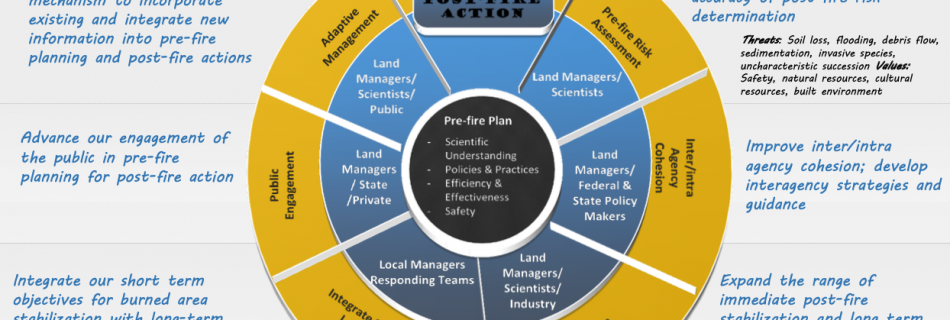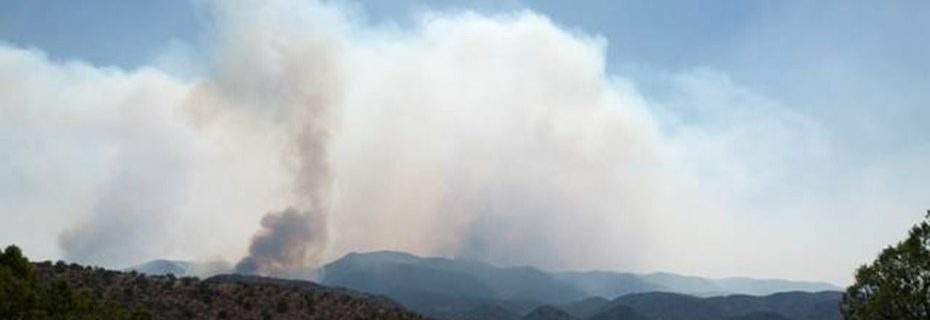September 2015: Immediate post-wildfire effects on bats in the Southwest
Presenters: Erin Saunders Northern Arizona University and U.S. Forest Service, and Carol Chambers, Northern Arizona University Ponderosa pine forests in the southwestern U.S. have increased in density over the last 100 years which has dramatically increased the size and frequency of wildfires. Although wildfires rarely kill animals, they have immediate consequences to bat populations by drastically …
Read more “September 2015: Immediate post-wildfire effects on bats in the Southwest”


